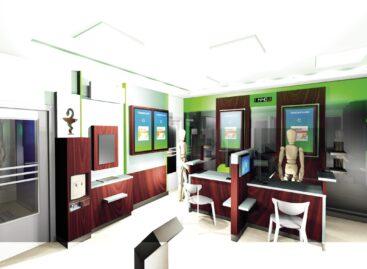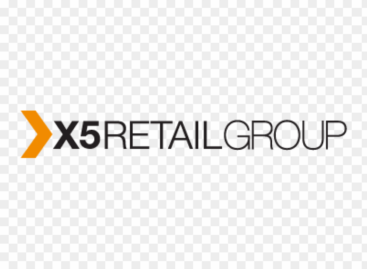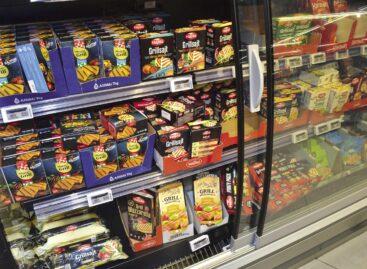Magazine: Preparation – and not only for 2019
Hungarian retail trade ended 2018 stronger than it had been at the beginning of the year. The numbers are alright, but this is the time when companies have to start preparing for the situation that is likely to develop by the middle of the next decade, and will set the operating framework for the food distribution industry.
These days fewer and fewer companies prepare 5-10 year strategies. However, I think that there are some long-term trends and factors that we need to pay attention to already now.
When we are talking about the future of retail, many of the problems to be solved are rather tangible. Analysts say that at world level the dynamic growth will slow down in 2019. My view is that this isn’t true for Hungary, where the forecasts are positive in the short term. One of the changes that is already happening in the Hungarian market too is the battle between traditional and online retail. On the international stage online sales still belong to the big players, but it is offline sales that generate the bulk of the profit. What is more, sales by classic retailers will produce 50 percent of the sales growth in the period to come. My guess is that the situation is the same in Hungary too.
In the last five years the number of shops decreased by tens of thousands – and not only in Hungary – in order to optimise the size of networks. As for those who have decided to start selling online, they have to calculate with the fact that operating costs will keep growing and that customers send back one third of deliveries at world level. Retail trade and consumption are the driving force behind Hungary’s economic growth. This has been the case for years and I think that it will stay so in the next 1-3 years. Exactly this is the reason why the time is right to start modernisation projects for those, who haven’t done so yet.

Modernisation efforts must cover the whole spectrum of the company, from business management to the production/value creation chain. The implementation of changes take 1-3 years. Then the new system can be operational for 5-7 years before being transformed again. Grocery retail is a special field of retail trade. Food consumption is such an integral part of the modern society and economy that it can help us to make general predictions. This year I will share the latest results of futures studies with you, dear readers, in Trade magazin.
The following retail trends, directions and events are likely to characterise the next few years of grocery retail; not all of them will appear instantly in Hungary too. Omni-channel retail is likely to be the most successful operating model of the future. In the next five years it will become clear which technology can be used best where, e.g. What are chatbots good for? Should robots be used in-store to fill up the shelves or is it better if they support logistics processes?

As the number of shops is reducing fast, towns and villages will have to come up with a new retail policy. These concepts will probably be based on the cooperation of the population of a larger geographical area and groups of entrepreneurs. Let me also mention the problem of the workforce shortage. If you do believe in the digital future (and you don’t really have any other choice), recruit workers who have digital skills and speak the language of shoppers. My view is that robots won’t replace shop assistants. RoboRetail should support background processes and not those taking place in the trading area. //
Related news
Reversal instead of filling the digital gap
Digiméter has measured the digitalisation level of Hungarian small and…
Read more >Rapid digitalisation in pharmacies
This article is available for reading in Trade magazin 2024/5…
Read more >X5 Group introduces robotic automation solutions in distribution centres
Russia’s X5 Group has launched a series of robotics projects…
Read more >Related news
Grilling cheese didn’t go up in smoke
The average price of grilling cheese is much higher (nearly…
Read more >What do shoppers say about the new retail tools?
At the beginning of the year, Consumer Panel Hungary GfK–YouGov asked panel…
Read more >Special foods ranking: 1. Diabetic, 2. Low-carb, 3. Lactose-free
Different special diets and foods are frequently discussed, and it…
Read more >








